Table of Contents
- 1 Yuan 2016, Republică Populară - 1999-2017 (1, 5 Jiao, 1 Yuan) - China ...
- China issues new edition of renminbi bills, coins - Xinhua | English ...
- Five Coin Chinese Yuan Stock Photo - Image: 42243467
- Yuan Currency Symbol
- Chinese yuan renminbi stock photo. Image of credit, economy - 62147218
- China Yuan Currency 11195903 PNG
- Chinese Yuan Renminbi Currency Background Stock Photo - Image of ...
- China’s Renminbi Weakens Past a Psychological Barrier Against the ...
- Renminbi or Chinese Yuan stock image. Image of fiscal - 18239047
- Close Up Photo of Yuan Renminbi. Stock Photo - Image of renminbi, close ...
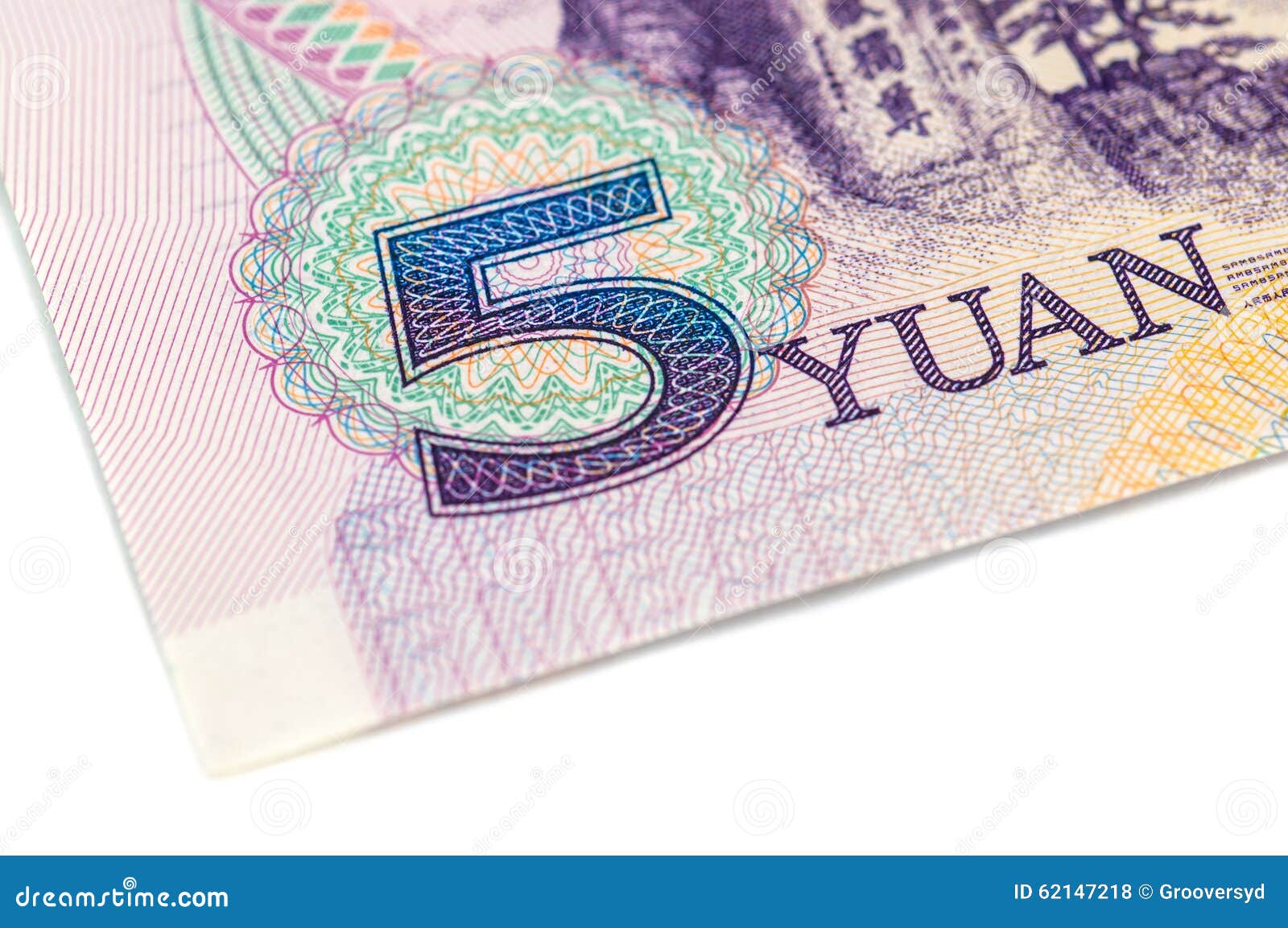
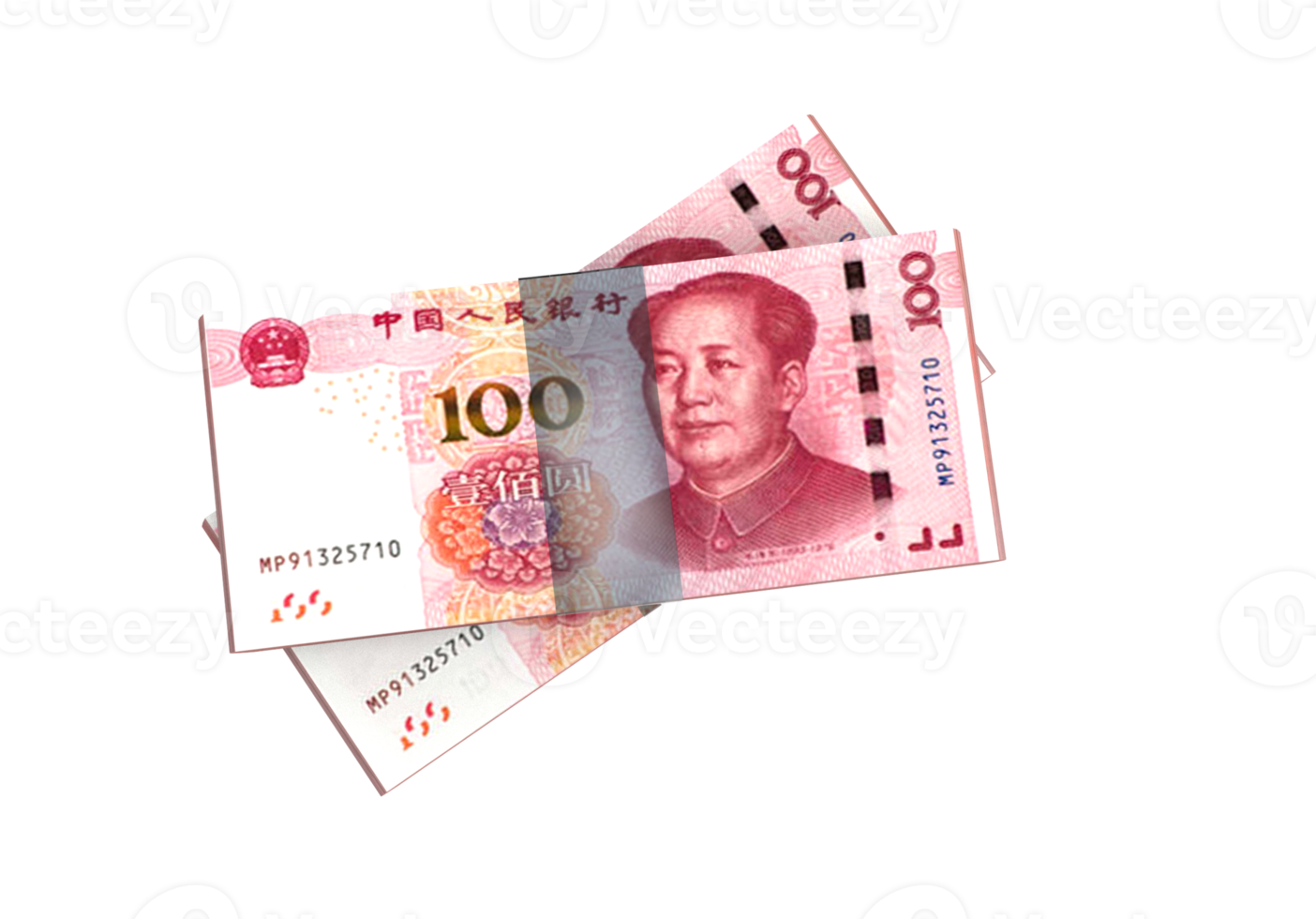
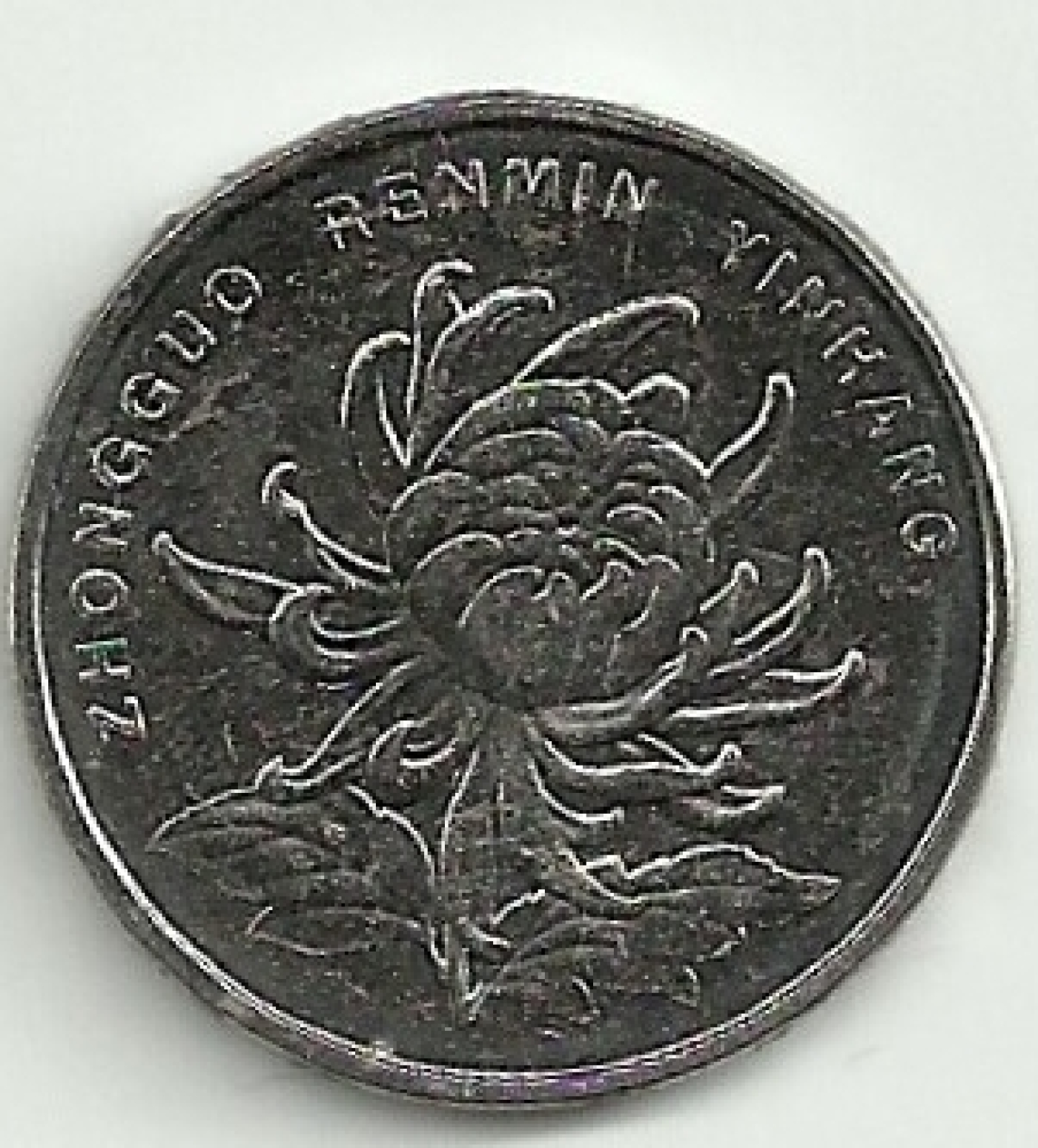
Introduction to Renminbi (RMB)
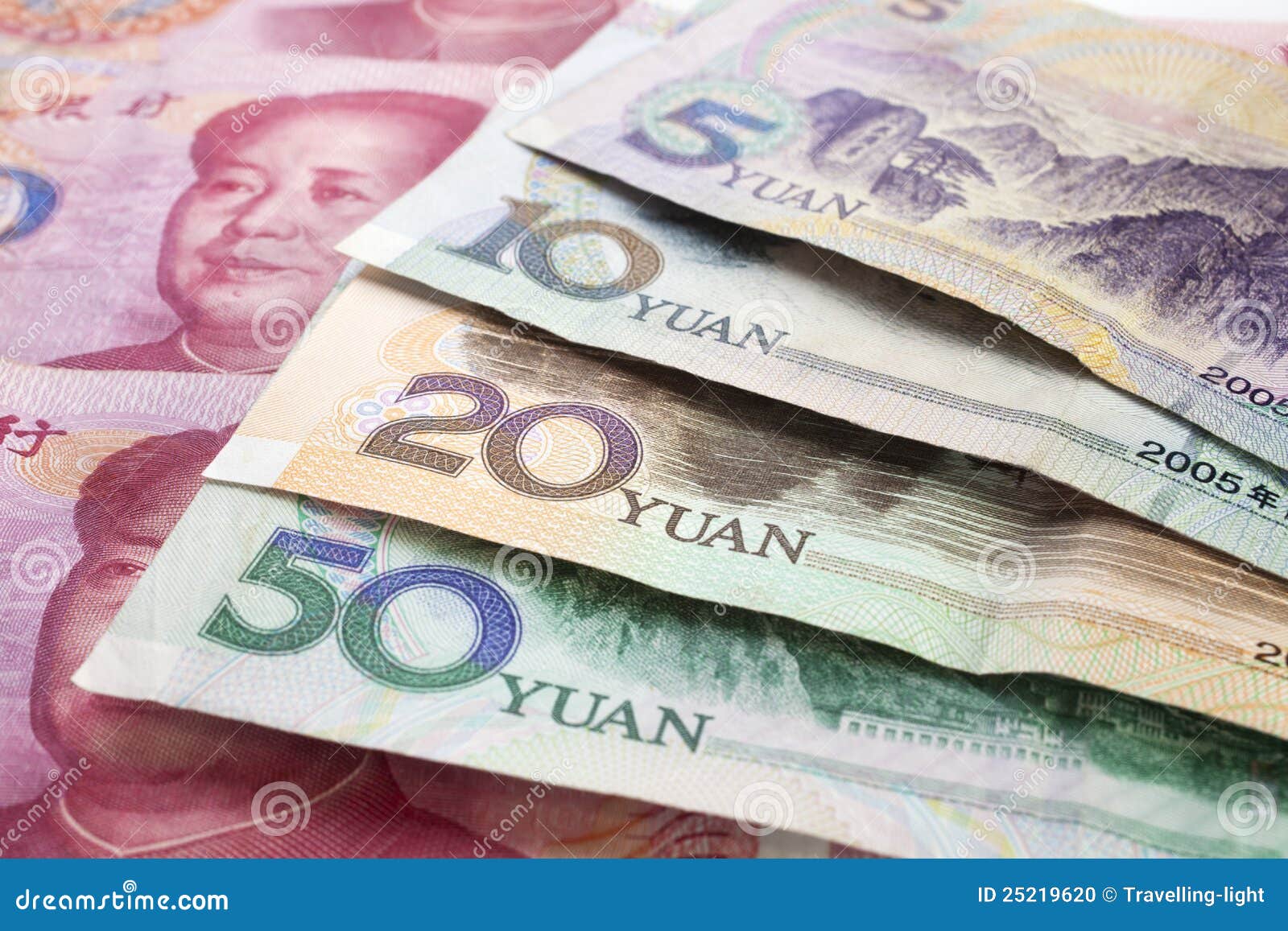

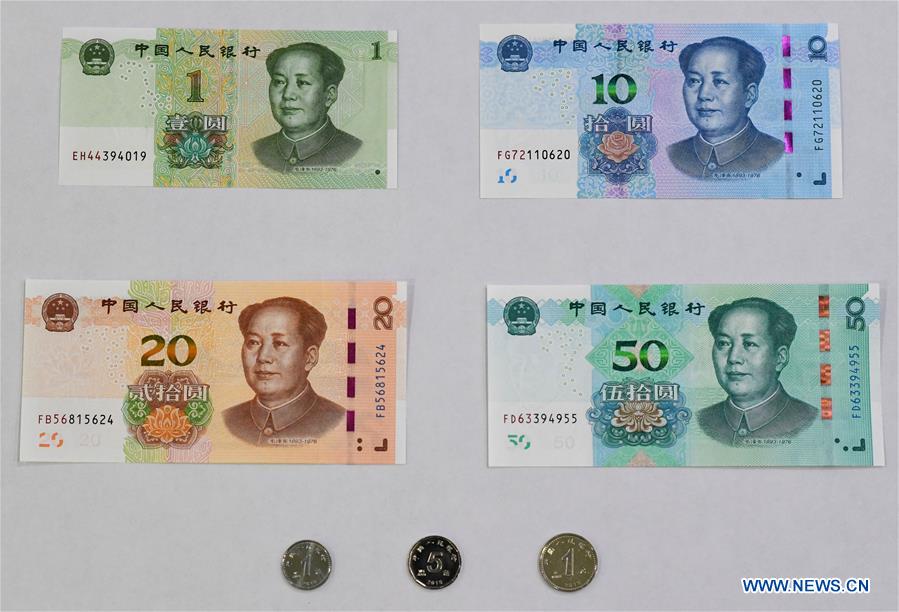
Understanding Yuan

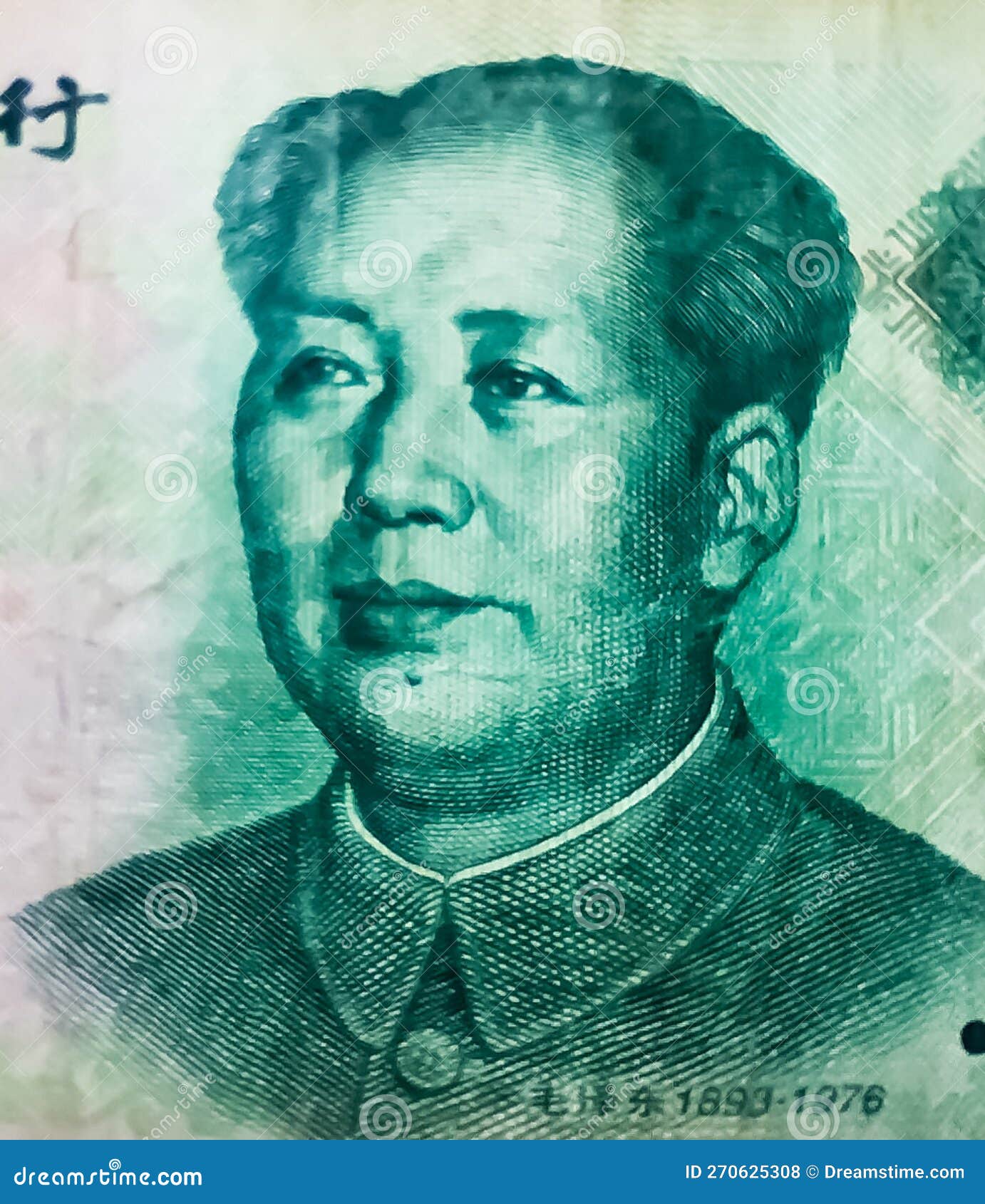
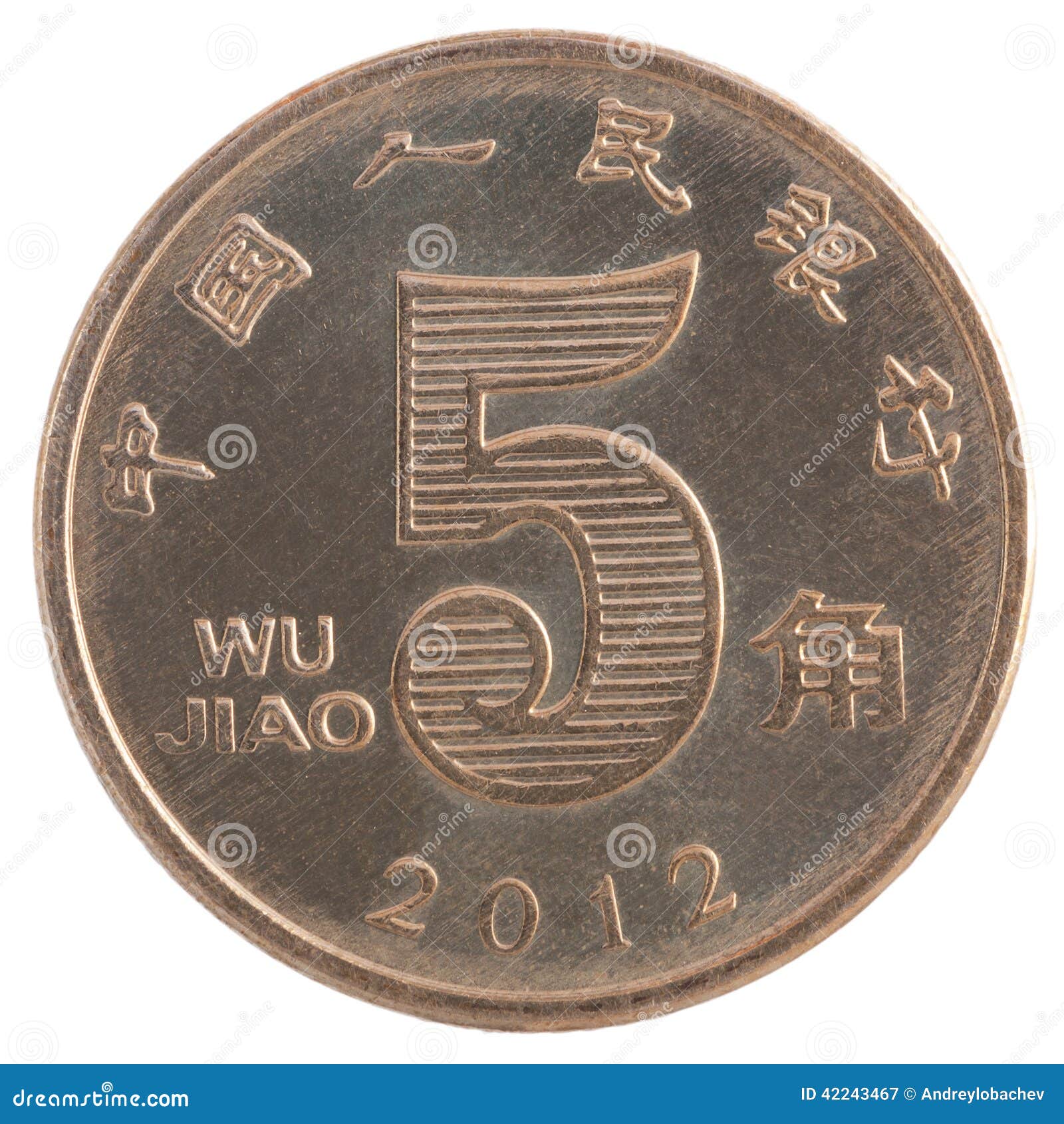
Usage and Context
In everyday language, both terms are often used to refer to the Chinese currency, and the distinction is not always made. However, in formal or financial contexts, it's more precise to use "renminbi" when referring to the currency system as a whole, including its various denominations, and "yuan" when specifically talking about the unit of exchange. For example, "The renminbi is managed by the People's Bank of China" versus "The value of the yuan against the dollar has fluctuated recently."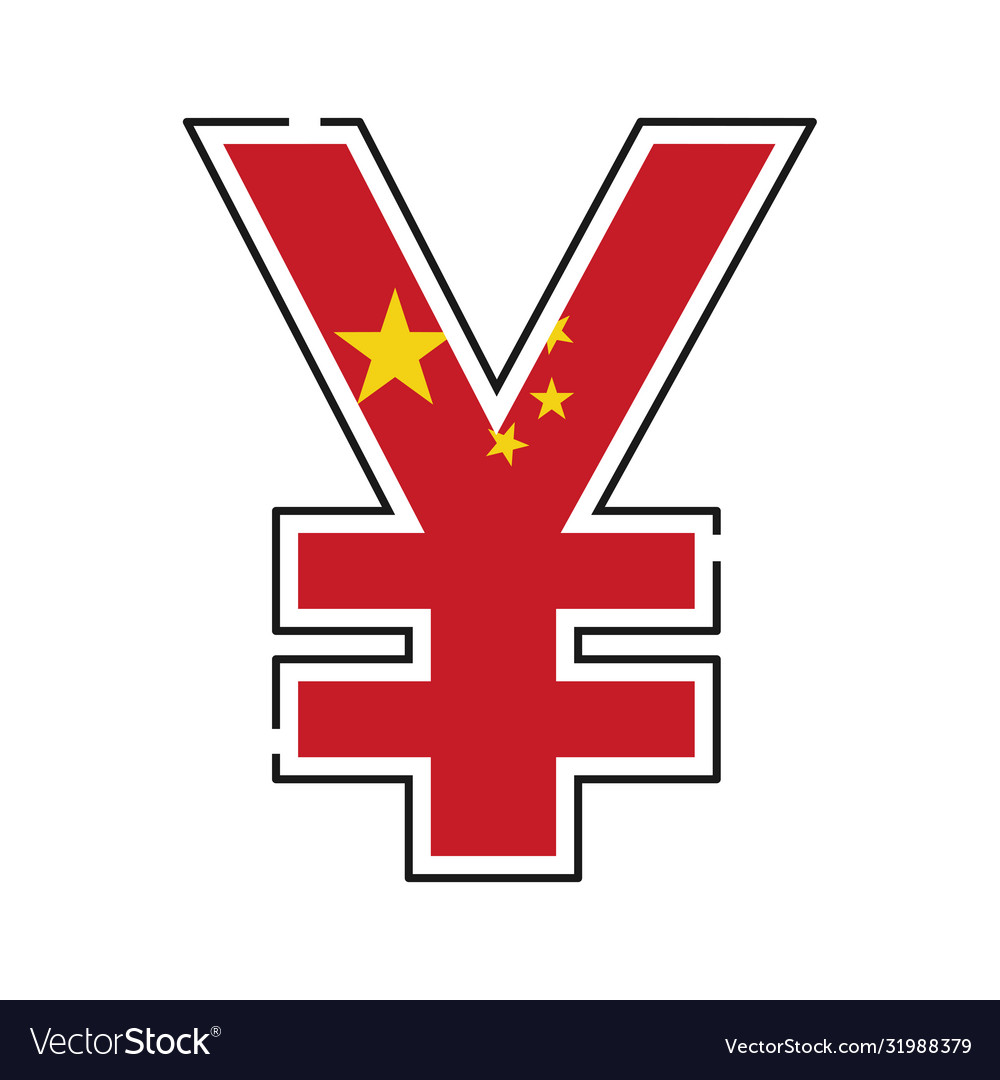
International Recognition and Trading
The renminbi, or more specifically, the Chinese yuan, has been gaining international recognition as a major currency. In 2015, the International Monetary Fund (IMF) added the renminbi to its Special Drawing Rights (SDR) basket, a move that marked a significant step in the internationalization of the Chinese currency. This development has encouraged the use of the renminbi in international transactions and has led to its inclusion in the foreign exchange reserves of several countries. In conclusion, while the terms "yuan" and "renminbi" are closely related and often used interchangeably, they have distinct meanings. The renminbi refers to the broader currency system of China, encompassing all its denominations, whereas the yuan is the basic unit of the renminbi. Understanding this distinction can provide clarity for those interested in the Chinese economy, international trade, and global finance. As the renminbi continues to play a more significant role on the world stage, recognizing the nuances between these terms can be beneficial for investors, economists, and anyone seeking to engage with the Chinese market.For more information on the Chinese economy and currency, visit Investopedia, a leading source for financial education and news.
By understanding the difference between yuan and renminbi, individuals can better navigate discussions and transactions involving the Chinese currency, ultimately fostering a deeper appreciation for the complexities of global finance.